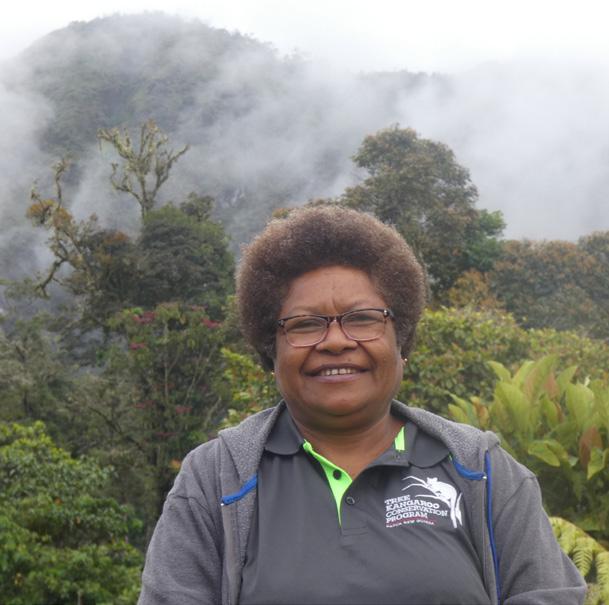
4 minute read
Prioritizing biodiversity
PRIORITIZING
BIODIVERSITY
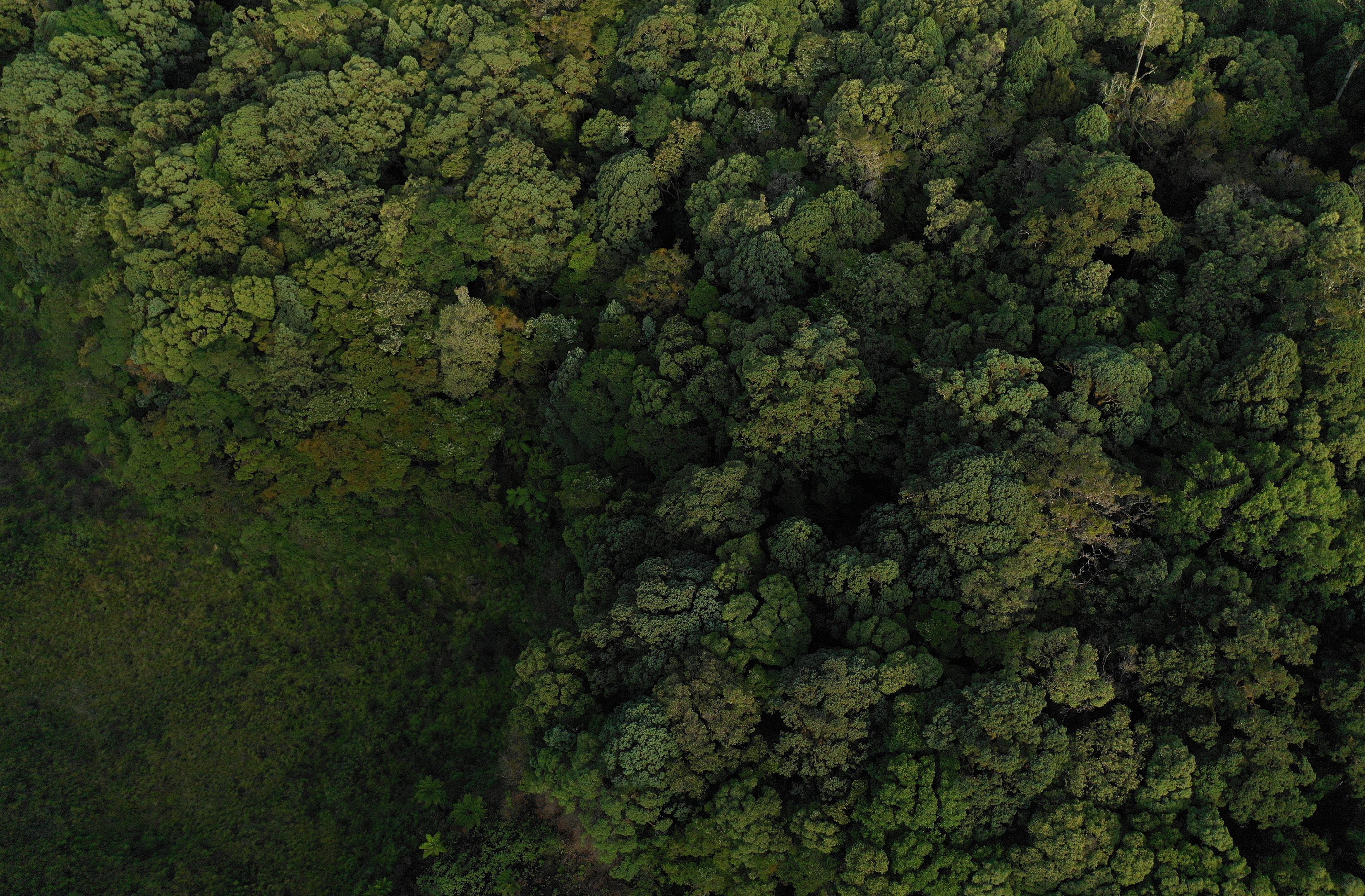
“The world can learn a lot from what the Tree Kangaroo Conservation Program and YUS communities have accomplished. Every day, the people of YUS experience the connection between having an intact forest and having fresh water, clean air, fertile soils producing rich garden food, and access to forest resources like medicine and building materials. The planet will be a healthier place if every human has this awareness of their own natural resources.”
Modi Pontio, Associate Director, Tree Kangaroo Conservation Program, Papua New Guinea
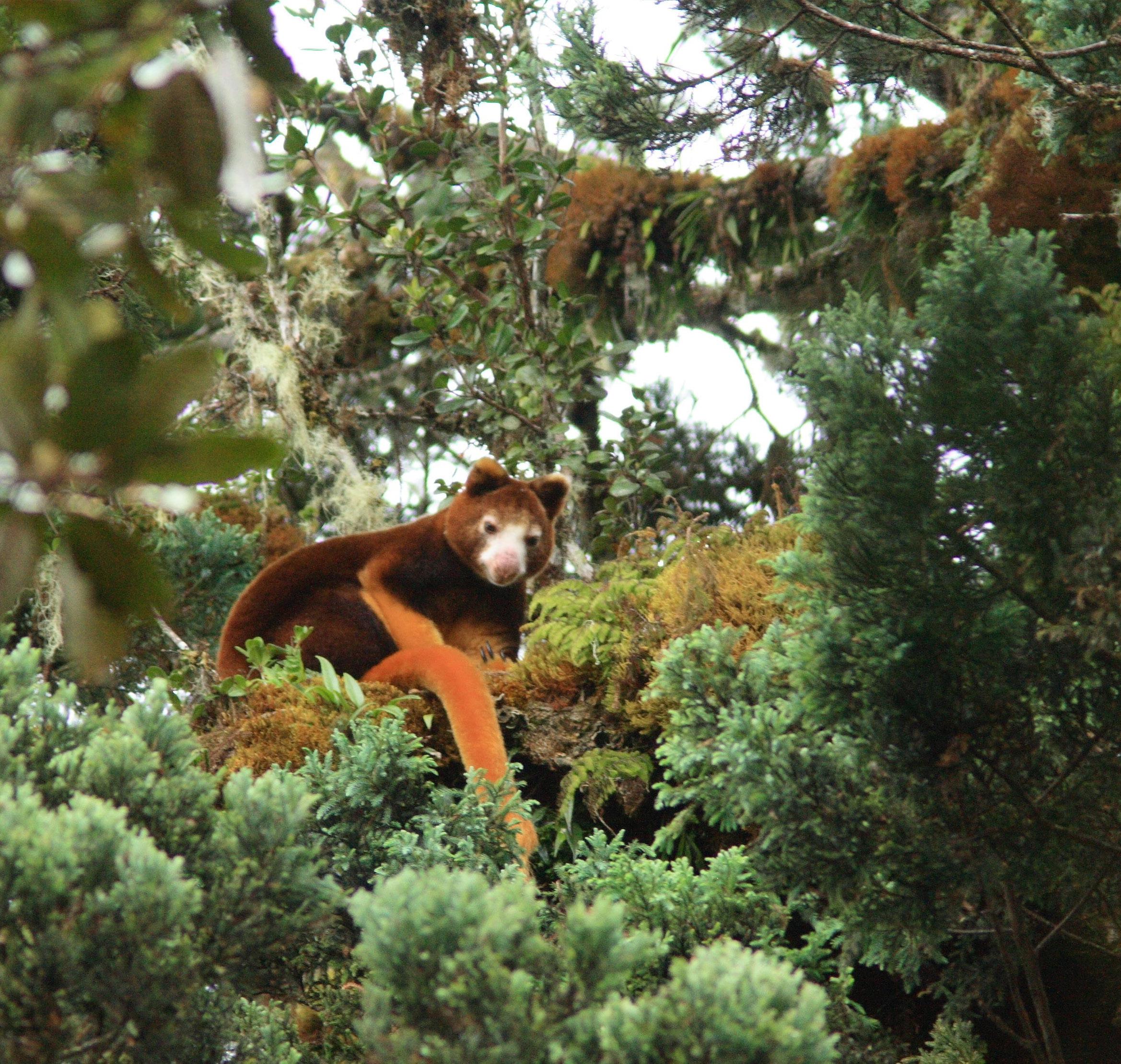
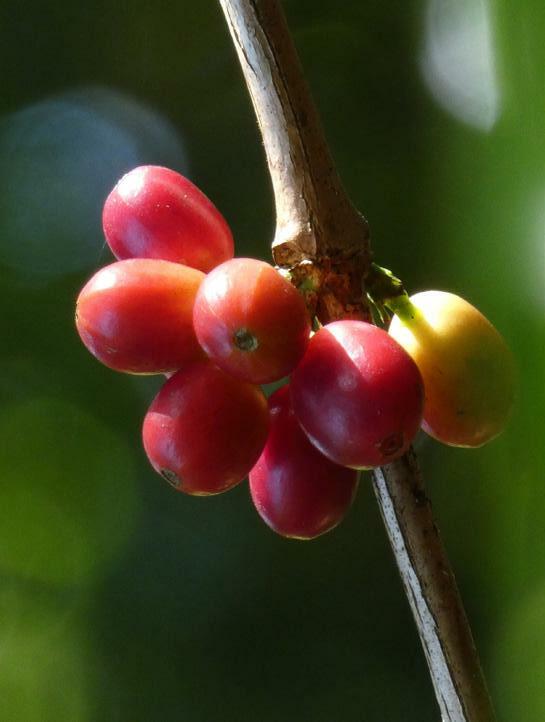
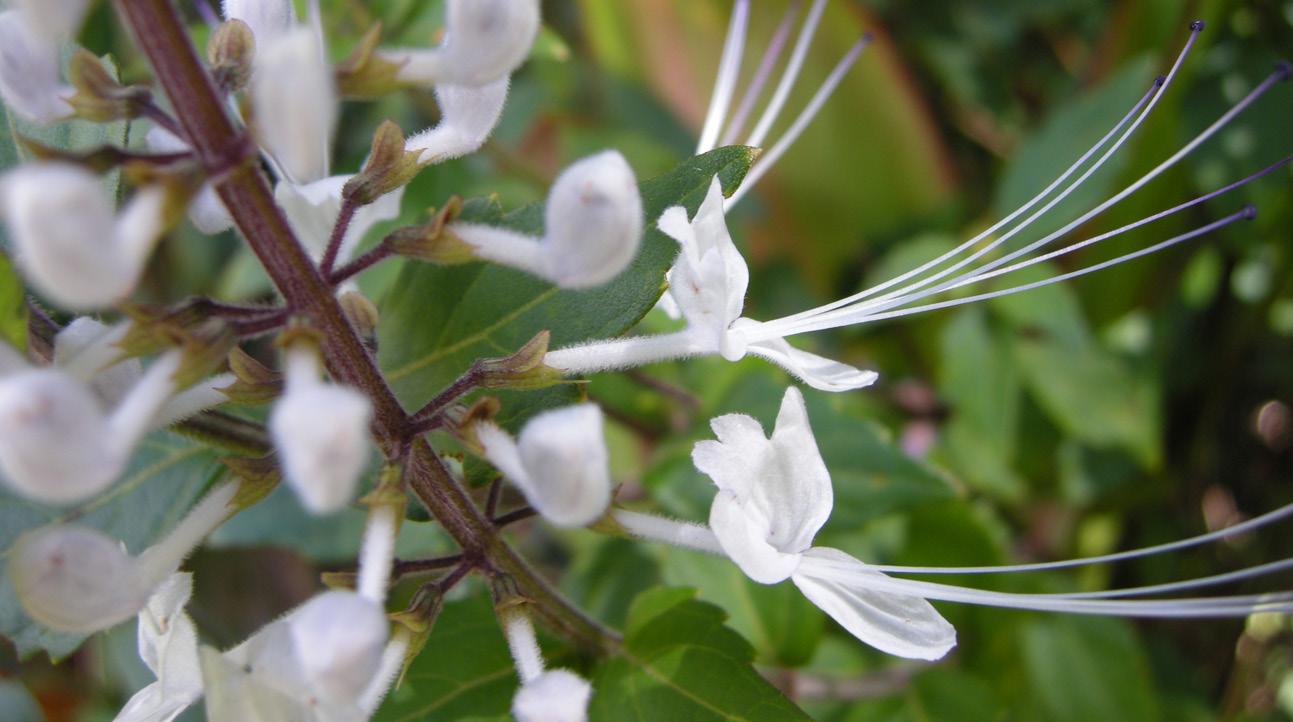
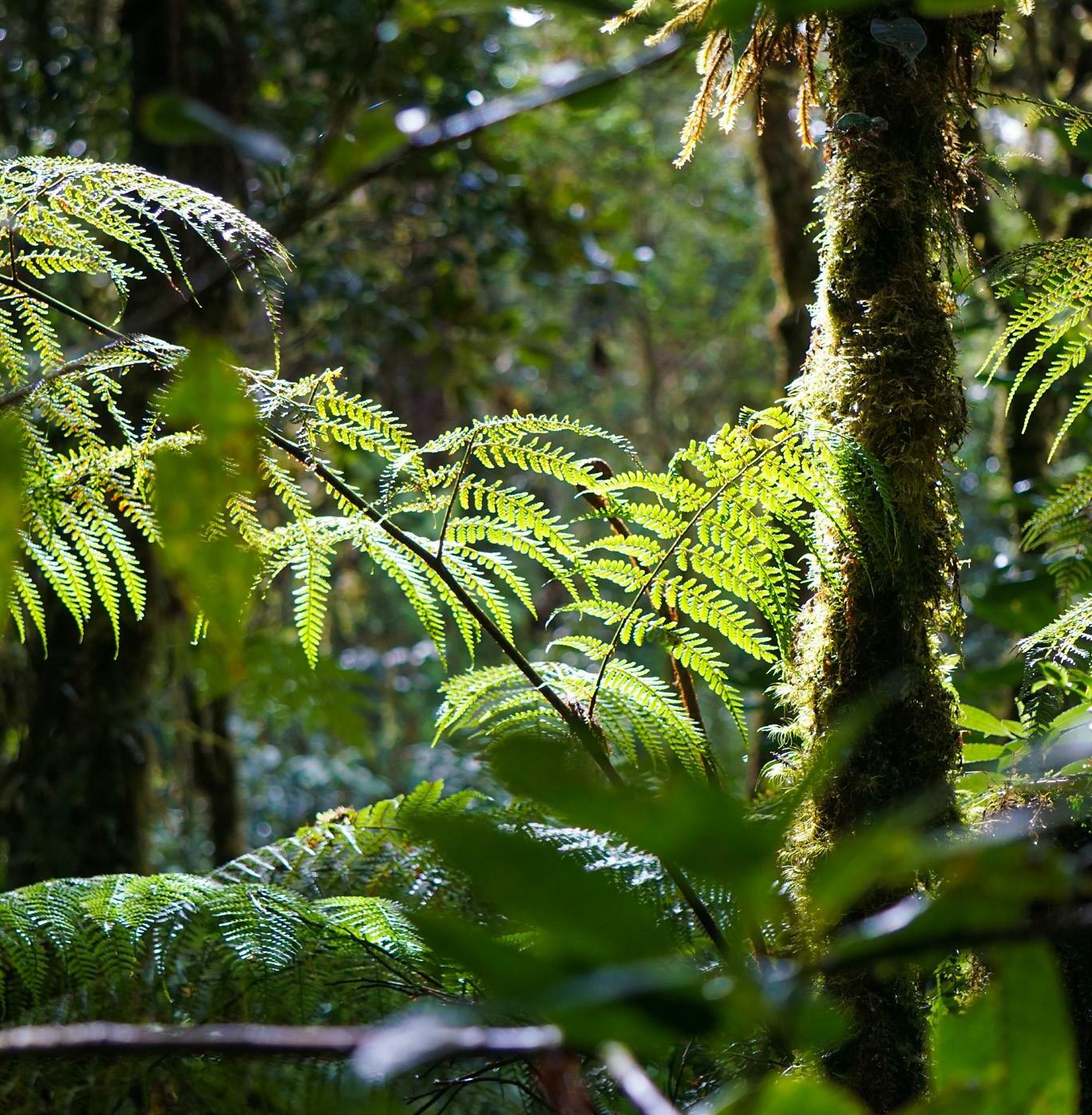

What YUS Communities Taught Me About Conservation
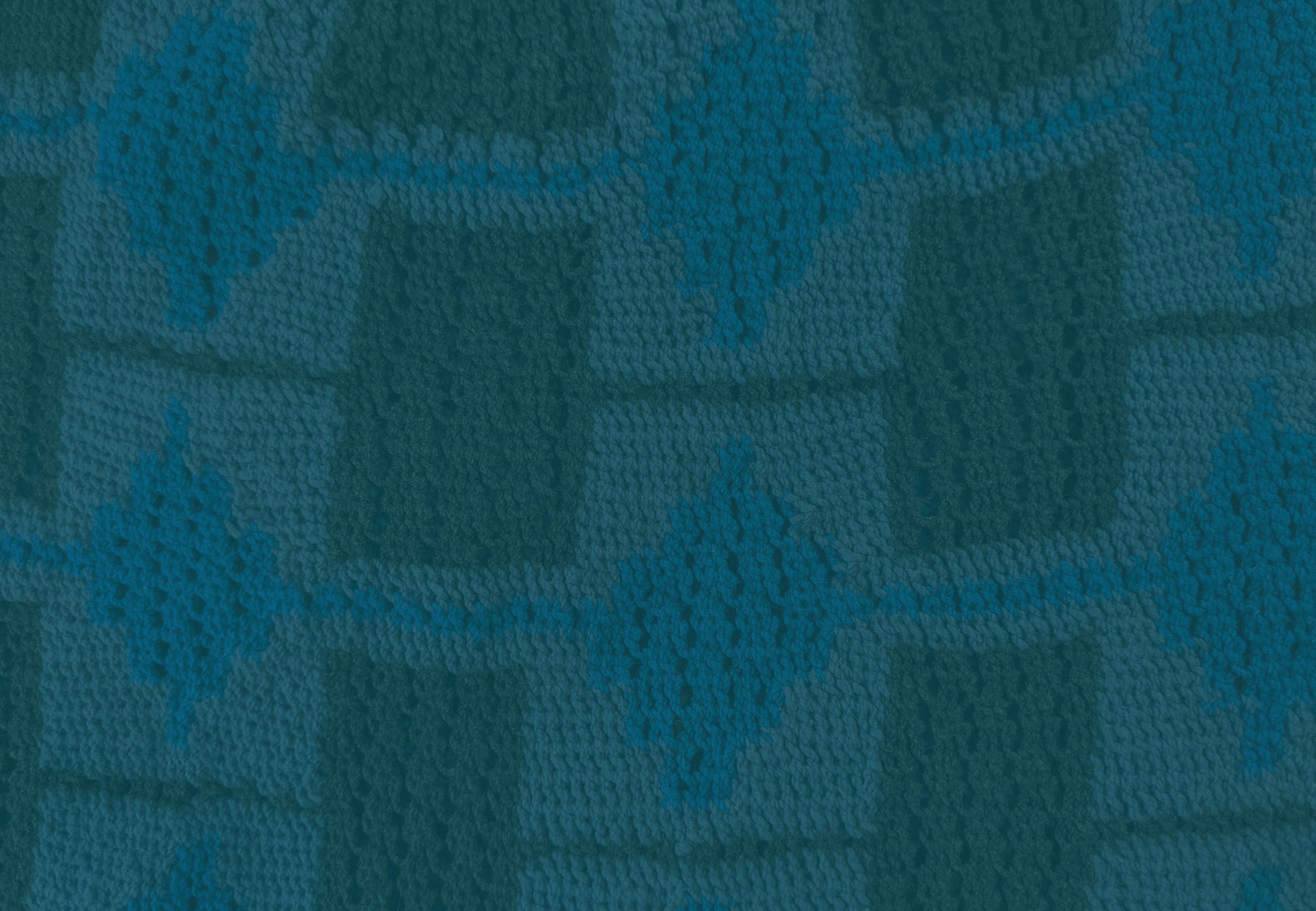
By Lisa Dabek, Woodland Park Zoo Senior Conservation Scientist and Founder and Director of the Tree Kangaroo Conservation Program Woodland Park Zoo senior conservation scientist Lisa Dabek has loved animals for as long as she can remember. As a college student, she studied behavior of humpback whales and other marine mammals. A fateful meeting at Woodland Park Zoo led to graduate research in the behavior of the Matschie’s tree kangaroo. It became Lisa’s mission to study and protect these animals in the wild. It has been an honor to lead the Tree Kangaroo Conservation Program for 25 years! What started out as a scientific quest became a practice of patience, diplomacy and human relations. I have learned so much from my friends and colleagues in YUS about how to live in harmony with the land. We talk about living sustainably in Seattle, but they know no other way! During my first trip to Papua New Guinea, it struck me immediately that any kind of conservation or research work with tree kangaroos was about working with people. My work became all about building relationships and trust—and this took a lot of listening and asking questions. The best that we can do as outsiders is to work in service to these communities—to provide technical advice and assistance, but then step back and let them lead the conservation work. I see my role as one of inspiring people to make good decisions for the long term. One of the biggest changes I have seen in the past 25 years is people in YUS taking pride and responsibility for land-use planning. It’s not a typical thing in the culture of Papua New Guinea to think 10 years ahead. And now YUS is doing it better than we do here in Washington state! They take it very seriously and are proud of being stewards of the forest and protecting tree kangaroos, and of creating the first conservation area in the country. They are incredibly resilient, resourceful, self-sufficient and have a strong spiritual and practical connection to nature. When they do community planning, they get everyone involved—students, teachers and elders. We could learn a lot from them! When I began this work, it was my dream that one day everyone would know what a tree kangaroo is. Now 25 years later, it’s exciting that these animals are beginning to be recognized globally as a flagship species for biodiversity and conservation—like pandas, elephants and mountain gorillas. I am proud to see the YUS Conservation Area become a model program for other conservation organizations around the world. Every community is different, but success centers on following the lead of the people of YUS to build practices that ensure sustainable health and prosperity for all who call the forest home.
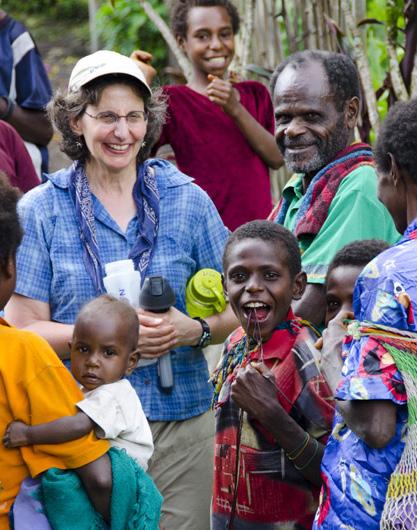


Keeping Tree Kangaroos SAFE and Sound
Woodland Park Zoo formed the Tree Kangaroo Saving Animals From Extinction (SAFE) program through the Association of Zoos & Aquariums (AZA) in 2020. The goal of the SAFE Program is to contribute to the conservation of tree kangaroos in the wild and support the local communities where the species live in PNG. By inspiring and empowering AZA members, guests, and global partners, the Tree Kangaroo SAFE program will link community-based conservation initiatives in PNG with the efforts and support of AZA members and partners. Woodland Park Zoo is also home to one of the most successful tree kangaroo breeding programs in the world. Zoo staff literally wrote the book on tree kangaroo care, and more than 20 joeys have been born at the zoo since 1987. Tree Kangaroo Conservation Program research in Papua New Guinea contributes to better care for zoo animals: for example, feeding ecology data led to a new diet plan for tree kangaroos in zoos that closely mirrors how these herbivores eat in the wild. What’s next: Woodland Park Zoo’s new Forests For All exhibit will invite more than a million guests annually to explore how their lives are connected to the success of Tree Kangaroo Conservation Program milestones in Papua New Guinea. “This is a brilliant project, and there aren’t many like it worldwide. When you have something as good as this, you have to nurture it, you have to support it, and you have to tell the world about it because the world wants to know these kinds of things are happening. It’s the people here, the local communities, who are taking ownership of the way in which they want to live their lives. I’m very confident that this will be a model not just for Papua New Guinea, but for many places around the world.”
Roy Trivedy, United Nations Sustainable Development Group







